Which is better for your solar system installation; PWM or MPPT charge controller
Hello steemians, welcome once again to my blog, it has really being a pleasure for me to have you visit here and thank you for your upvote and comments on all my past post as this has really been of great assists.
Imagine this life without electricity, how do you think it would be like? Boring! difficult! stressful! Here are some of the one word expression i could think of. Down to charging of our gadgets, operating of machineries, lighting, food preservation and many more, electricity has played a vital role in our life. I feel without it, this world will be a miserable one compared to the one we are experiencing.
Owing to its numerous benefits, the increasing rate for the demand of electricity in many countries like Nigeria has brought about increase in the sourcing for (better) alternative electrical energy other than energy derived from fossil fuel (coal, crude oil, or natural gas). As you all know, three-quarter of the electricity generated in the world today, are produced by fossil fuelled power station. However, this energy source are non-renewable and its usage comes with a lots of disadvantages. An example of alternative electrical energy that is more reliable and ecosystem pollution free is the solar energy. This energy utilizes the irradiation from the sunlight (renewable source) to produce electricity. How the whole conversion process and the installation takes place has been explained in details in this post by @olajidekehinde.

Though I have had a lot of experience in the solar energy installation, but with every installation comes a new challenge to be overcomed. I remembered, there was a time after the entire installation, the battery bank wasn't receiving any charge from the solar panels. The power inverter used is designed to charge the battery when connected to the mains and for like a week, availability of the mains makes it difficult to detect if the panels are really charging the battery or not. The client later complained about the battery bank when the mains fluctuations begins and on troubleshooting, it was detected that he negative terminal cable connected to the panel has partially burn out allowing a partial connection with the charge controller. What led to this burn up was as result of partial contact established when connecting a cable to the negative rail of the panels.
Today, I will like to share with you one of the most frequent setback I experienced mostly when installing and how it can be overcomed.
A solar charge controller plays a very vital role in solar power system that makes use of battery; yes not all solar technology utilizes battery. Have you ever heard of the Grid-tied solar system? This type of solar system is connected directly to the utility mains after power has been supplied to the house. Essence of this connection is to supply excess power generated from inverter to the utility company after the entire household has been powered or take power from them (utility company) if the inverter is not generating power to the household (this happen major at night or when the solar system is faulty). Both actions are made possible through a unique meter which is capable of measuring the power going in both ways. Sincerely, I love this type of solar system, do you know why? One will get paid by the utility company for the excess energy at the same rate we buy from them and also it is cheaper and easier to install compared to off-grid system.
Back to where I left off, charge controller serves as an intermediary between the solar PV cell and the battery in an off-grid solar technology (the type of solar technology explained by @olajidekehinde). Its main objectives includes;
To ensure that the battery is properly charged by delivering the required charging voltage to it
To prevent overcharging of the battery as this shortens its lifespan.
To also prevent the battery from being discharge by the panels when the battery is no longer receiving charge from the it.
As I have mentioned before, there are mainly two types of solar charge controller in this modern age, namely; PWM and MPPT. But before I further on to explain which among the two technologies is better, I will like to give a brief explanation on each of them.
Pulse Width Modulation
PWM as it name implies, is a simple technique in modulation capable of converting a source information (analog signal) into codes (digital signal) that is pulse-wave like. Its technology has found its usefulness in numerous applications such telecommunication, servomechanism, audio effect and amplification, power delivery and many more. In my previous post on switch mode power supply, the control circuit used in controlling the On and Off period of the switching device is controlled by the PWM. How this control is achieved depended on two major factors; frequency and the duty cycle. Both factors are interrelated as they have something to do with period. Frequency (inverse of period) is the numbers of cycle completed in a period while duty cycle is the ratio of a pulse-duration between the On period of signal and the total period.
F = 1/T
D = OnTime/TotalTime
Where the Total time = OnTime + OffTime
F = Frequency
T = Period
D = Duty cycle
How PWM charge controller work?
A PWM controller operation is similar to that of a buck converter or a linear regulator as it reduces the voltage level of the input to suit the load (battery) requirements.
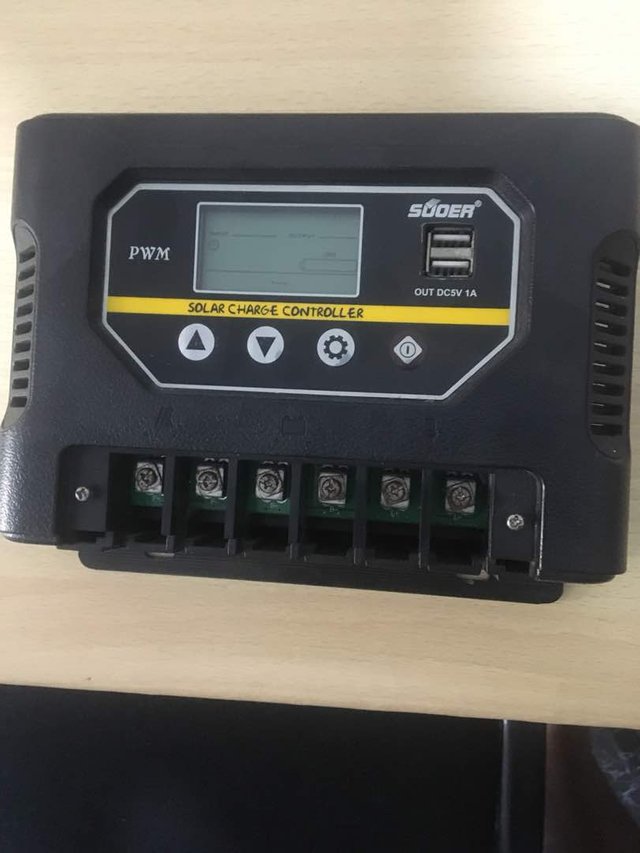
PWM charge controller Image source: @sunkanmi02
How this charge controller is able to properly charge the battery and prevent it from overcharging is by acting as a switch, though its switching is not transient (quick as that of a switch). This controller is designed in such a way that it gradually lower the amount of electric current supplied to the battery as it reaches its fully charged state. It allows the battery to fully charged with less stress (current) on it and on reaching it fully charged state, the controller cuts off the connection between the solar panels and the battery completely.
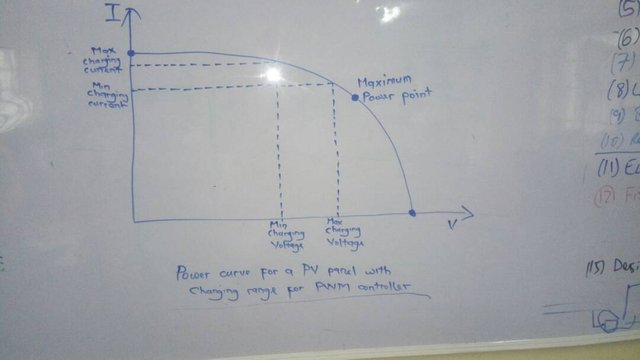
IV curve for PV panels with charging range fo PWM controller Image source: @sunkanmi02
As shown in here in the power curve for a PV panel with the operating range of PWM, some of its major disadvantage is that it usually operates a little bit outside the maximum power point and the power loss associated with it when it pull down the charging voltage (Vmp) towards the battery voltage.
Maximum Power Point Tracking
How MPPT controller performs its wonders
This controller has successfully being able to overcome the short comings of the PWM controller as it maximizes the efficiency of the energy harness from the sun.
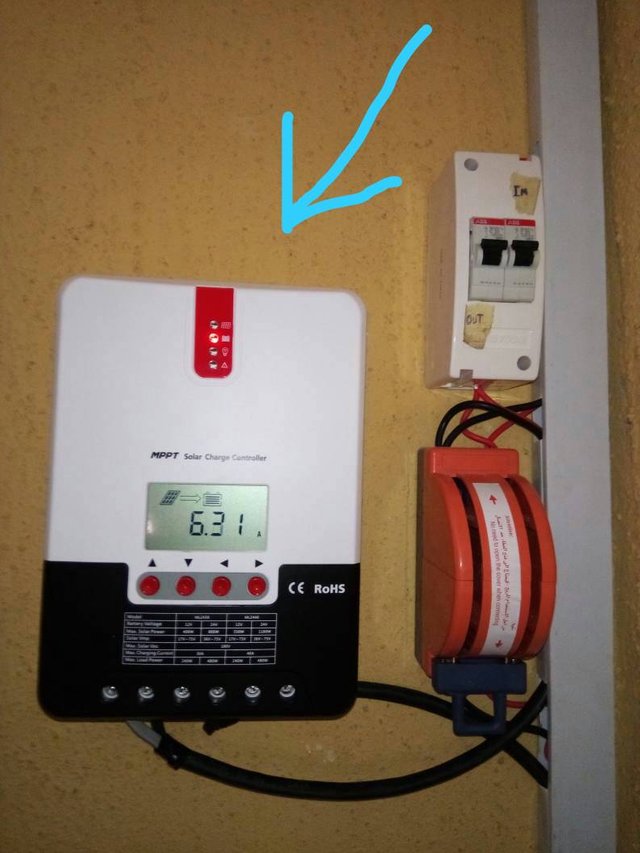
MPPT charge controller Image source: @sunkanmi02
For me, a MPPT charge controller, I'll say its a DC to DC converter. Do you know why I said so? Unlike PWM charge controller, it transfers the almost the exact power harness from the PV cells to charge the battery.
Powerin=Powerout
What it basically does is to convert the excess voltage to current for charging. For instance, let say one is using a solar system of 12V battery connected to 150W panel with rated voltage of 18V and rated current of 8.33A. To charge system battery with the low voltage of 10.7V, MPPT controller converts the panel parameter to a new configuration that best suit the battery specification without losing power. Instead of charging with 18V, it reduces the charging voltage to about let say 12.5V while increasing the charging current to 11.6A. If we are to finding the product of panel parameter (voltage and current) and the MPPT conversion parameters, you will noticed almost all the power from the panel is supplied for charging.
How this conversion process is achieved, is through an adaptive algorithm programmed within the device that keeps track of the MPP to sustain an efficient power transfer.
Comparing both charge controllers, one can easily conclude that MPPT controllers is better than PWM controller but there are other numerous variables that are also needed to be put in consideration as each as its own advantage over the other. Such variables includes temperature, size of the solar system, PV array to load ratio and many more.
Temperature condition: Just like this counter-intuitive saying "the higher you go the colder it becomes", same is also applied to the effect of temperature on PV system. Excess heat has a drastic effect on the efficiency of panel output by 10-25%. An increase in temperature causes the rated current of the panel to increase exponentially with the rated voltage decreasing linearly and vice-versa. So to say, MPPT controller are best suited for cold condition as the panel voltage Vmp increases at lower temperature and PWM are more efficient in hot climate as the Vmp decreases closer to the battery voltage and the charging current increases as well. Since the Vmp is drawn closer to the battery voltage, there is no surplus voltage to transferred and this cancel out the advantage of MPPT over PWM.
Solar system size: When it comes to low power system, the best charge controller that suit this purpose is PWM controller because of its cost as this is more economical compared to MPPT and also it operates at a constant harnessing efficiency. While MPPT is best used for large solar power system.
PV array to load ratio: In a situation that the PV array is very big compare to the power drained from the battery by the load, a PMW is capable of managing the system when the array are connected in parallel (current increment) while MPPT controller is best suited for a series connected large array as this causes the PV voltage to very higher than the battery voltage.
Type of solar module: Different modules comes with different numbers of cells. Most off-grid solar modules are made of 36 cells while the small scale (low cost) tied-grid solar are usually made of 60 cells. Both charge controllers are compatible with solar panels with 36 cells but only MPPT can operates on the 60 cells because the voltage generated by these panel are more than 12V but less than 24V. All MPPT does, is just to track the load characteristics (MPP) for charging the battery whereas PWM does not.
To wrap it up
When deciding which charge controller to be used for any installation, you need into consideration, the weather condition of the site, the size of the system and budget for the system.
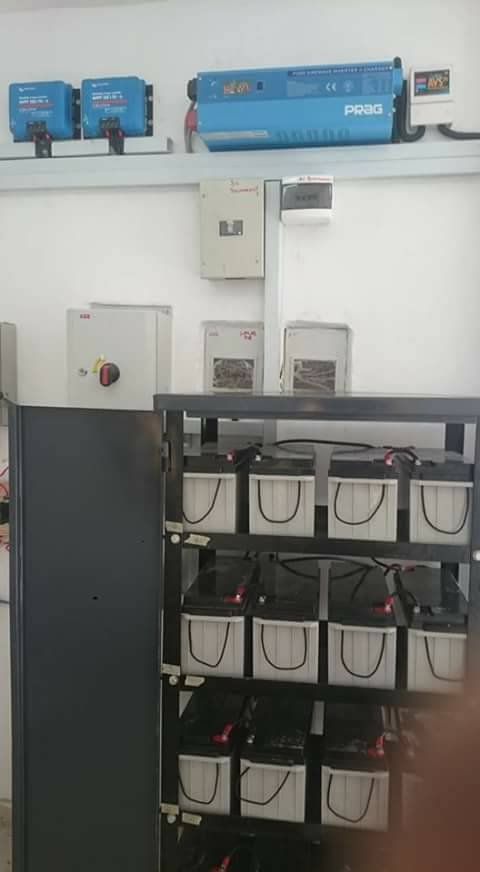
5KVA inverter installation Image source: @sunkanmi02
And also the type of solar system to be installed (though I never installed a tied-grid system before) but research has made me realize that MPPT controllers are best suited for small scale tied-grid system as it maximize the power transferred.
One other thing is also the choice of the client as even though their solar system may be small, but can prefer to use the most efficient charge controller and also should in case, they want to upgrade the system in the nearest future. So the question "which is better" solely depend on two main determinant which are installer discretion and the clients choice (in which you can either be any)
In deciding the type of charge controller to use when installing, below is a table that compares both charge controllers for the ease of selecting the best controller that best suit your system to be installed.
| Factors | PWM controller | MPPT controller |
|---|---|---|
| System size | Best suited for smaller system (below 150W) where the efficiency of MPPT is very minimal | Power system from 150W and above utilises the advantage of MPPT |
| Method of sizing PV array | PV Array are connected in parallel (to increase the current output) | Array are connected to increase the wattage based on the battery voltage and the charging maximum current. |
| Panel voltage | The panel nominal voltage must be the same with the battery voltage | Panel voltage can be higher than the battery voltage. |
| Off-grid or Grid-tie | Make use of only off-PV modules with Vmp of 17-18V for every 12V battery | Can use lower cost grid-tie PV modules in order to reduce the cost of the entire PV system |
Thank you for your time.
REFERENCES
- Pulse width modulation
- PWM against MPPT charge controller
- MPPT-Wikipedia
- MPPT charge controller and its advantage
- Principles and peculiarities of MPPT & PWM charge controller
- Types of solar systems
If you write STEM (Science, Technology, Engineering, and Mathematics) related posts, consider joining #steemSTEM on steemit chat or discord here. If you are from Nigeria, you may want to include the #stemng tag in your post. You can visit this blog by @stemng for more details. 
I'm a proud member of @promo-mentors where you get mentored and guided on how to make quality posts on steemit amongst other benefits. Do join us on discord. We anticipate your arrival.

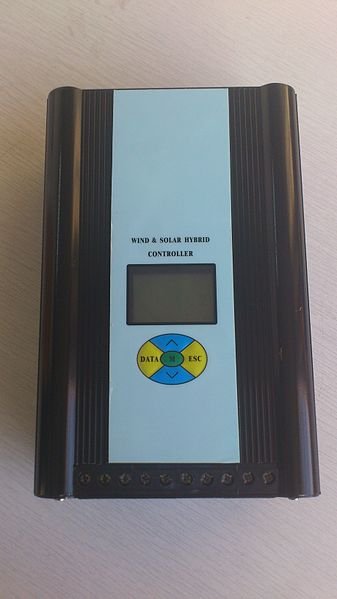
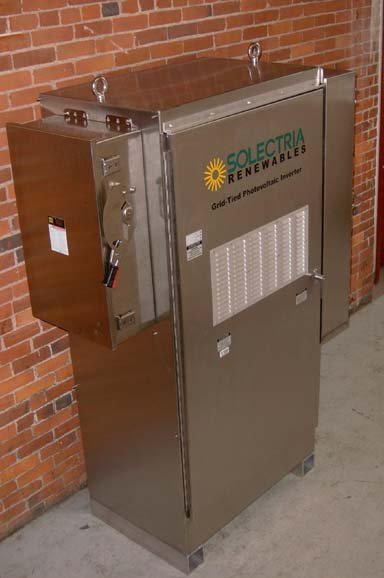
Excellent work on the charge controllers, many may never see the reason between the very expensive PWM and the lower cost MPPT. I made a short post on the difference between the two kinds of controller some 7 months back. Thank you for sharing.
Out of curiosity, I would like to ask what the many solar panels on the first picture were powering?
I am currently participating in the installation of a 3.5MW off-grid solar system (one of the biggest in Nigeria) for a cocoa processing company (tulip) at ijebu imusin. Standing there in the front of 600 panels out of over 8000 more to installed both on the ground and the roof.
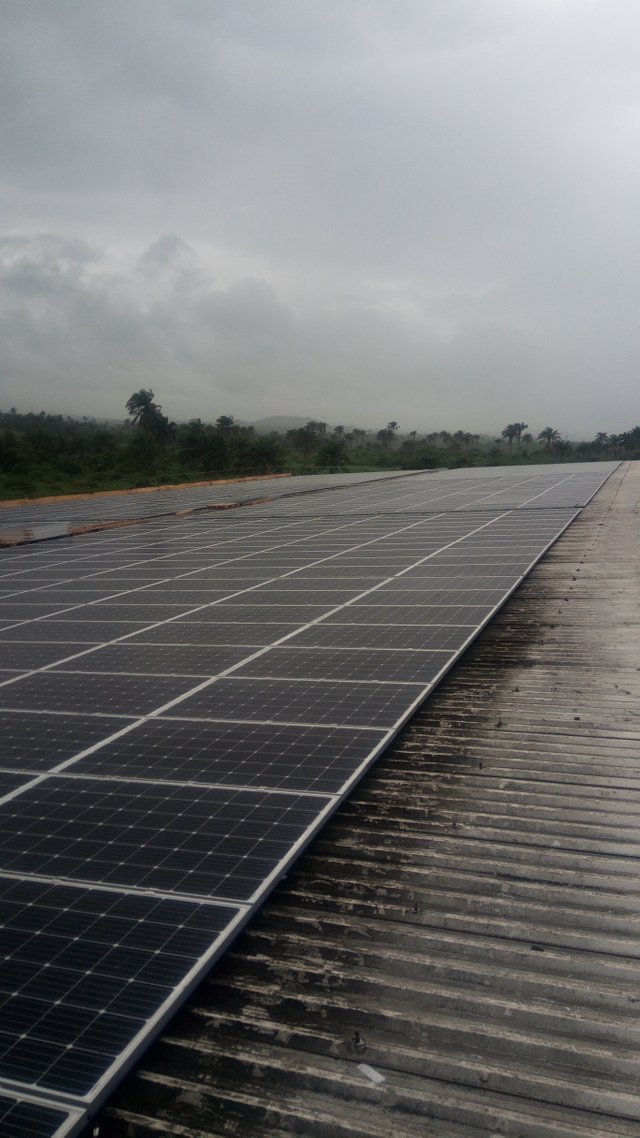
And you welcome
Wow, you look very very handsome, my best friend :)
Posted using Partiko Android
Thanks
You are welcome my best friend 😊
Posted using Partiko Android
You are welcome my best friend
Posted using Partiko Android
This post has been voted on by the steemstem curation team and voting trail.
There is more to SteemSTEM than just writing posts, check here for some more tips on being a community member. You can also join our discord here to get to know the rest of the community!
Very informative and useful post. Thank you for sharing your knowledge with us all!
U welcome
This solar power has really been of help for me in this part of the world because the electricity here is just very bad.
Thanks for giving more insight into what solar power entails, nice post.
Am glad you enjoyed it
Great post and a lot of work!
When I get enough land to install solar power now I now what power controller technology to use. Thx.
You welcome!
Hi @sunkanmi02!
Your post was upvoted by utopian.io in cooperation with steemstem - supporting knowledge, innovation and technological advancement on the Steem Blockchain.
Contribute to Open Source with utopian.io
Learn how to contribute on our website and join the new open source economy.
Want to chat? Join the Utopian Community on Discord https://discord.gg/h52nFrV
Congratulations @sunkanmi02! You have completed the following achievement on Steemit and have been rewarded with new badge(s) :
Click on the badge to view your Board of Honor.
If you no longer want to receive notifications, reply to this comment with the word
STOPDo not miss the last post from @steemitboard:
SteemitBoard World Cup Contest - The results, the winners and the prizes
I got loads of information from this!! Awesome work man!
Thanks man
A very great and informative post, very detailed too. Thanks for the time and hardwork in sharing this knowledge with us.
So glad you enjoyed it.